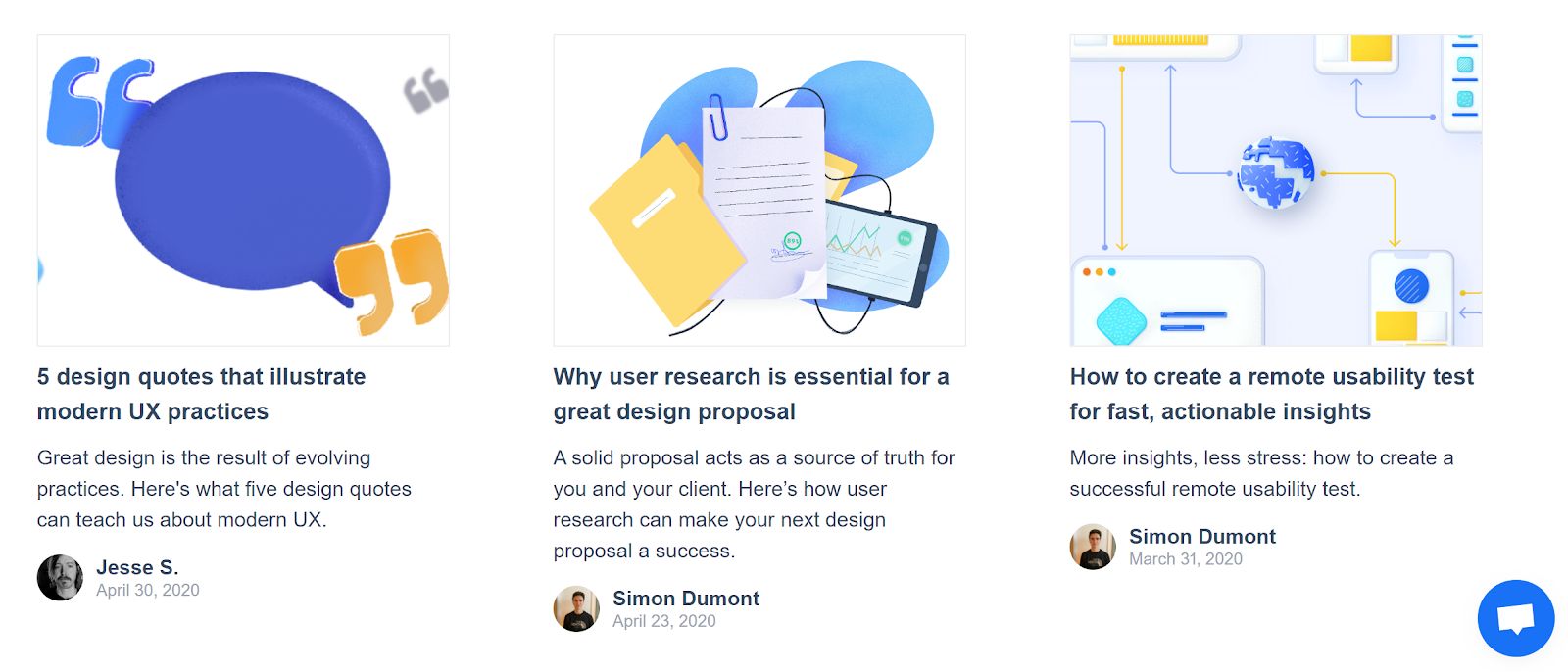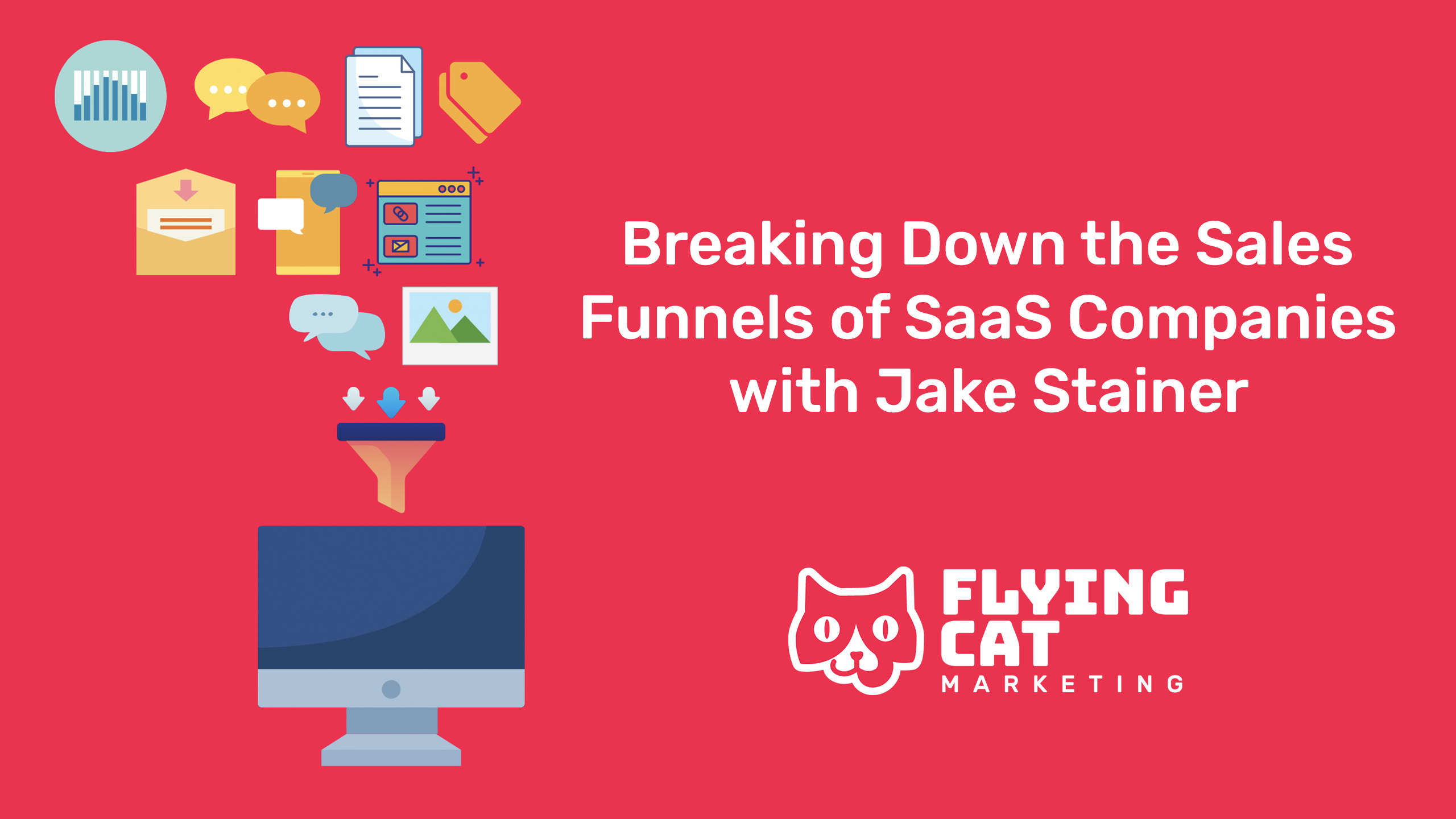We all know the phases of SaaS growth:
- Product-market fit
- MRR goals
- Scaling
While focusing on scale, it’s easy to forget to build your marketing process from the beginning.
What I tend to see when speaking to founders is they either:
- Try to do it all
- Save marketing for later
Once you have a product-market fit, your marketing should precede go-to-market. But that doesn’t mean you need to try to dominate every channel.
If you give a 6-month-old baby a grape, it might choke – it doesn’t have the molars to chew on it yet. But if you give it to a 7-year-old, the receive nutrition and grow.
Just because your baby can’t chew yet doesn’t mean you don’t need to feed it.
One way to speed up growth? Stop guessing what to do.
Look at what larger SaaS companies do to acquire customers and then adapt it to your own brand’s maturity and resources.
I interviewed Jake Stainer, co-founder at Outreach Humans, a fellow SEO nerd and SaaS growth pundit.
In his past life, he was Head of Growth at both Typeform and Travelperk. Today, on top of his link building agency, he spends his days breaking down funnels from big SaaS companies for fun.
In this interview, we cover:
✅ How SaaS companies should approach user acquisition
✅ Why trying to dominate every channel from the start doesn’t work
✅ What to do if nobody searches for your product
✅ Where to focus your resources when you don’t have many
Where should a SaaS company start with user acquisition?
Before trying to copy existing SaaS funnels, take a look at your product.
Are people looking for your solution?
Are they aware of having the problem you solve?
Jake gives two examples: Maze and Typeform.
Typeform’s user acquisition
Typeform provides forms, quizzes, and data collection tools.
Multiple thousands of people search for this monthly.
There are hundreds of use cases.
So they took the logical route:
- Find out what people want that your product can solve
- Build out and create these use cases
- Capture the people who are already searching
- Build this into a repeatable system and scale.
It’s simple and straightforward, and aligned with their product.

People search for a solution they offer.
Just like Canva built its SEO strategy based on templates that people specifically search for, Typeform has a similar advantage.
But what if people don’t search for your product?
Maze’s user acquisition
Maze is a UX company that lets you test your prototypes before you even launch them and get feedback at scale and give designers actionable KPIs.
But, it offers a solution that people aren’t necessarily looking for.
One they might not know exists.
So they create content that captures their audience: UX designers.

Maze writes posts that will help its target audience and can help them discover their product
Their SEO strategy targets keywords like usability metrics, user research questions, and usability testing tasks.
They focus on answering questions that UX designers have, and then introduce them to the product after they’ve entered their funnel.
If nobody is searching for your product, how do you know what content to create?
The only way is to speak to your customers.
“People are too data crazy.” Jake tells me “‘Let’s just use this tool and it’s going to give us all of the answers.’ All of the answers are in the mouth of the customer.”
The key is just to always speak to customers. Right from the beginning.
Now you understand your product, its positioning, and your audience. Where should you start?
We wrote a guide about how to do customer research to know what kind of content to create
Where budgetless startups should start marketing
According to Jake, there are two stages of brand new SaaS businesses:
- Figuring out your product-market fit
- Trying to get people to use your product
Once you’ve done these things, you can move on to scalability.
Your focus when starting is simply to increase MRR. It matters far less whether you’re growing a channel or not. You just need to bring in some cash flow and show that people like your product.

At this point, too many startups make the mistake of trying to build a particular channel.
“You should just hustle and just try getting customers and users and get feedback on it. It doesn’t matter if it’s scalable” he continues.
At this point, it’s about starting conversations.
Get feedback on your product, your customers, and build from there.
Let’s take Maze, for instance.
If you don’t have people searching for your type of product, start with free content that helps your target:
- Free UI kit,
- Free icon set
- Free something that attracts UI/UX designers. This is super top-of-the-funnel.
At this point, you nurture your leads and follow-up and start conversations with them.
If you lack resources, start with one channel at a time
Startups don’t have the resource to do everything.
At least they think they don’t.
They want more design.
They want more writers.
But maybe they’re just doing too many things.
Most startups want to do everything: Facebook ads, Google Ads, LinkedIn Ads, everything.
And then you can’t do everything because you don’t have enough designers to do anything.
You don’t have the budget or thinking space to do it all.
Then it creates frustration.
Focusing on one channel at a time solves this frustration. It allows startups to use the resources they have on growing one channel the right way.
What channel should a startup focus on?
Without resources, save paid ads for later.
Focus on search growth and getting feedback.
Talk to your customers and find out what questions they have. Most likely, you have a knowledgeable team that can answer those questions.
This is the fastest way to grow a community and scale your brand. Plus, it helps you test your content and understanding of your customers before your start wasting investing money on testing ads.
We wrote a guide about how to do customer research to know what kind of content to create
